Taking Car Photos: Phoning It In
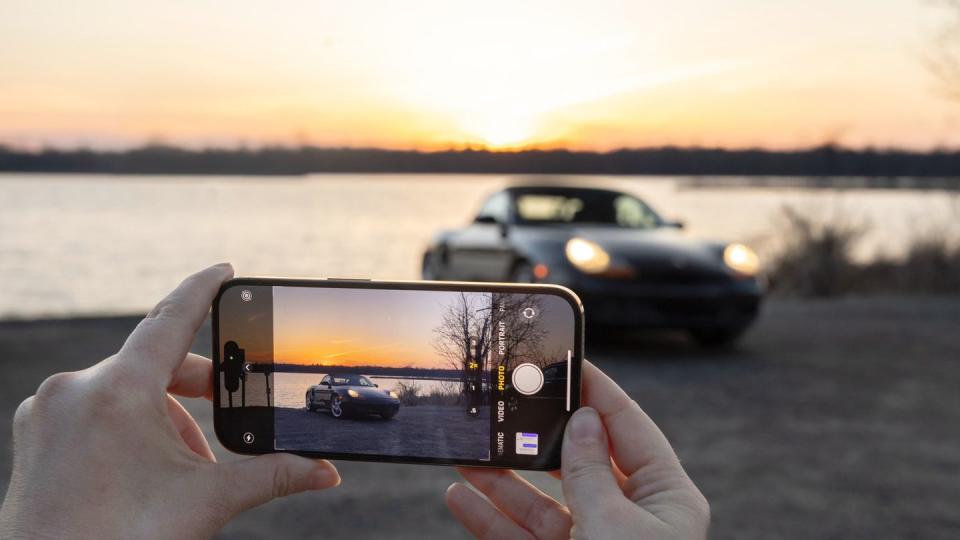
From the May/June issue of Car and Driver.
You no longer need an expensive digital single-lens reflex or mirror-less camera to capture beauty shots of your car—all you need is a phone. Given Apple's sales dominance in the U.S. market and the shared user experience of most iPhones running the latest iteration of iOS, we're taking a look at how the iPhone camera can best work for gearheads. A basic understanding of photography jargon will help, but the iPhone keeps the nomenclature to a minimum: Users can adjust the exposure. Too much exposure and the image will look blown out and overly bright. Too little and no one will notice the details of your freshly buffed car.
THE BASICS
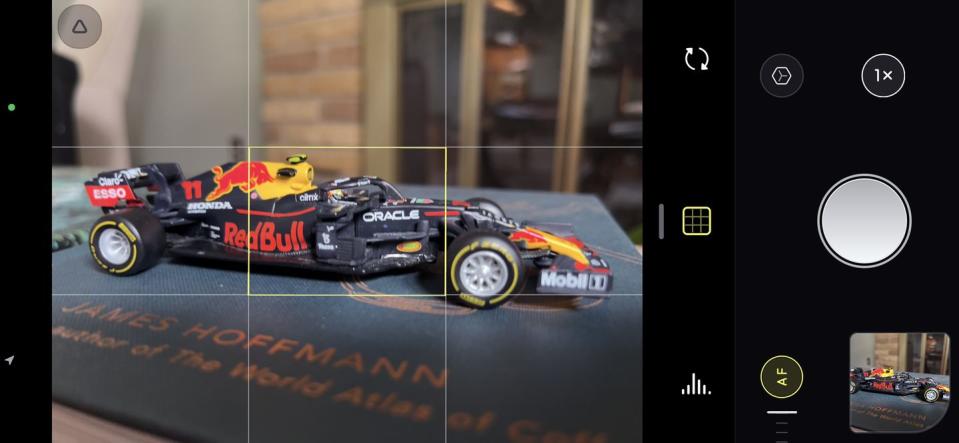
In the last few iPhone generations, you can set your camera to the highest resolution of 48 megapixels by going into your phone's Settings, finding the Camera menu, and clicking on the Formats submenu. Make sure you're using ProRaw format (if you have a 12 Pro, 12 Pro Max, or newer phone). ProRaw better uses the raw data captured by the sensor, allowing greater adjustability of the image in editing programs such as Google Snapseed, Adobe Lightroom, and VSCO. Also, leave the warm embrace of Apple's auto focus and exposure functions. Adjust these settings by tapping the spot on your screen where you want the camera to focus and then sliding your finger up or down to increase or decrease the exposure.
GOLDEN HOUR
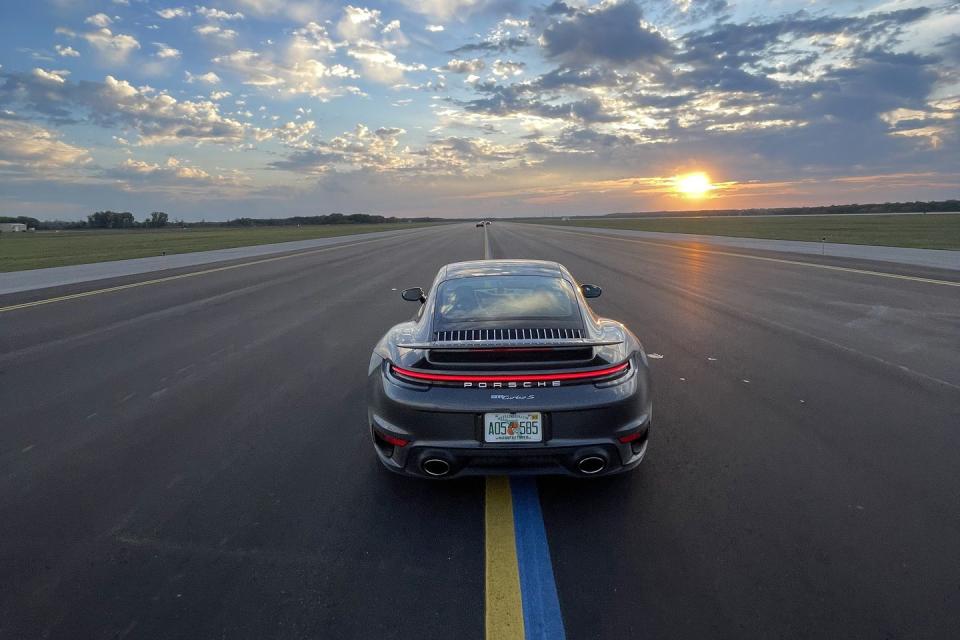
Sunrise and sunset offer the softest natural light. If the sun is in the shot, leave the iPhone in Photo mode and lower the exposure. In Portrait mode, use the Natural Light setting.
MOVING OBJECTS
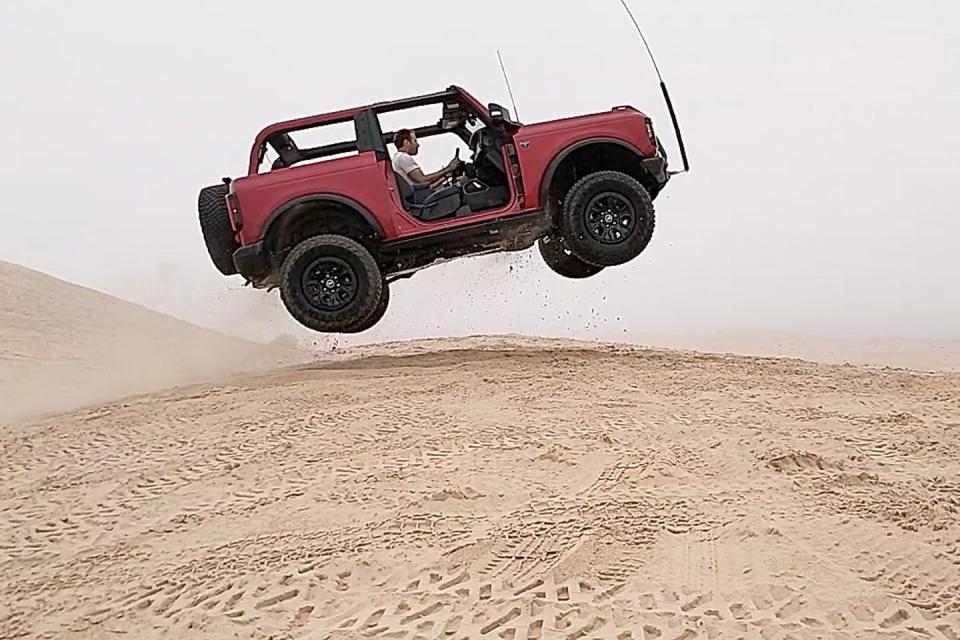
Take advantage of Burst mode by pressing the shutter button and sliding left (you can also set the volume up button to activate Burst). Your iPhone will capture 10 photos per second until you release your finger, ensuring you get a shot of the moment your pal's tire-smoking drift turned into an insurance nightmare. Or use the Time-Lapse function to capture motion in a single file. Increase exposure when using this feature at night.
THE BIG PICTURE
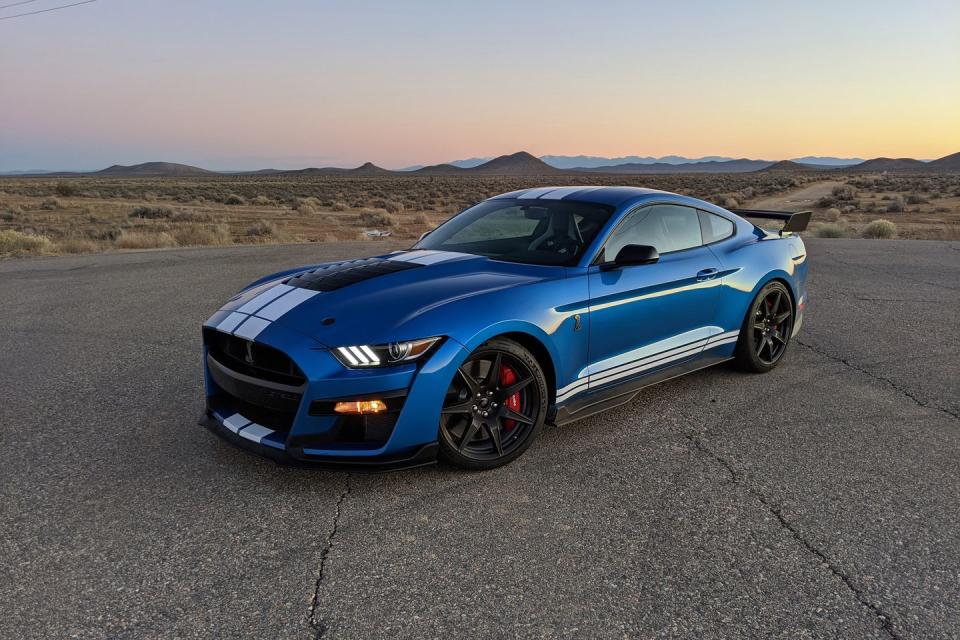
For high-quality panoramic photographs, we actually don't recommend using the native Pano mode. Instead, use it to get a feel for your vision. Once you know the borders of the panorama you want, take enough pics in Photo mode to cover your ideal shot. Afterward, you can stitch those individual photos together in a program such as Lightroom or Photoshop to create a professional-looking panoramic worthy of hanging on the wall.
IN HARSH SUNLIGHT
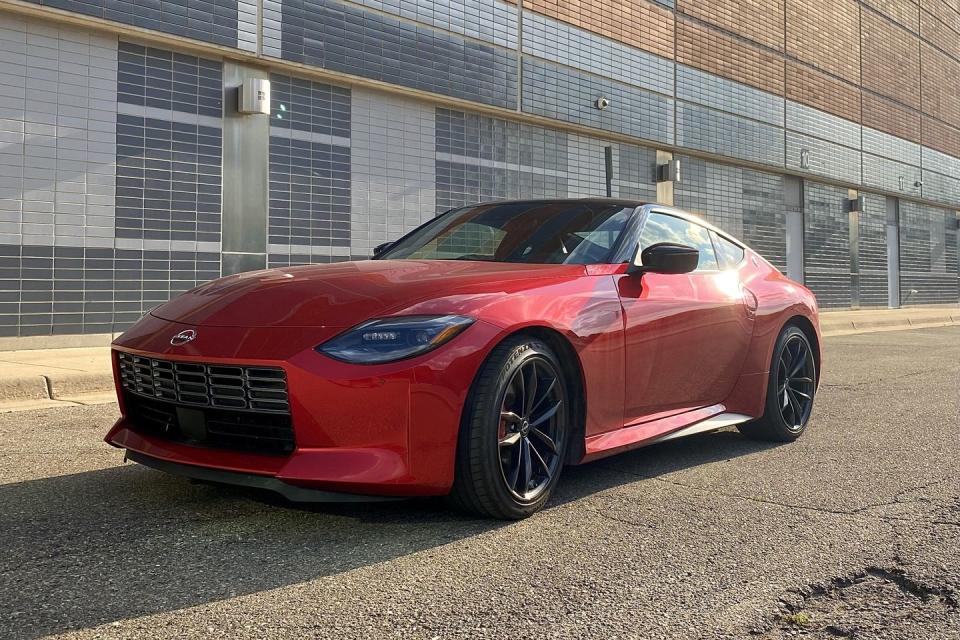
Try to shoot under shade, with the sun behind you. Lower the exposure a little bit.
AT NIGHT
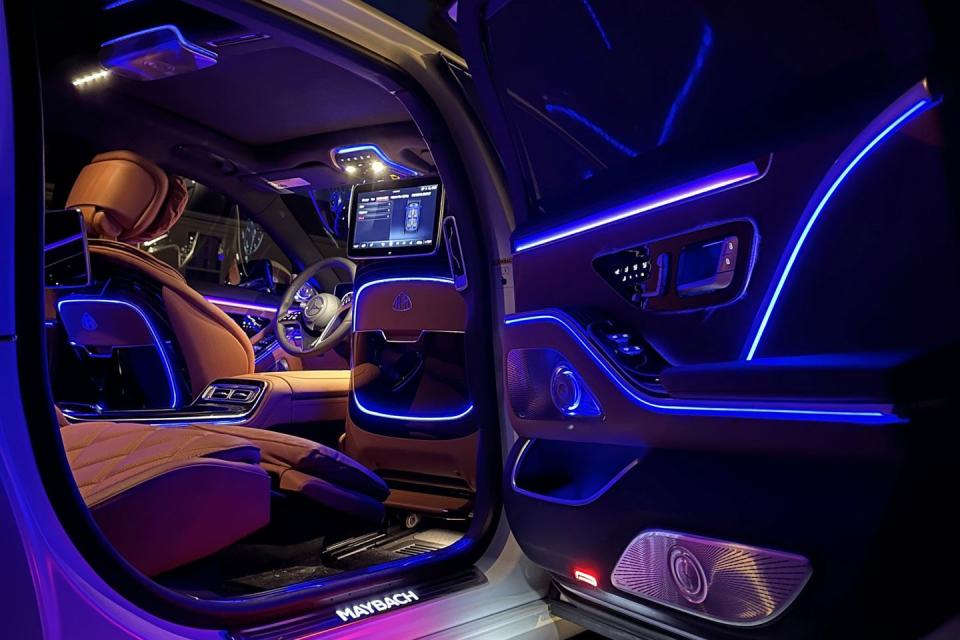
The iPhone automatically switches to Night mode in low light. To the user, Night mode appears to capture one well-lit image. In reality, Night mode instructs an iPhone to take several images of a subject, each at different exposures. Apple's software then combines these images to create a single picture that's sharp and properly lit. Taking a photo with Night mode disabled is liable to net a dark, underexposed, and grainy image.
DETAILS
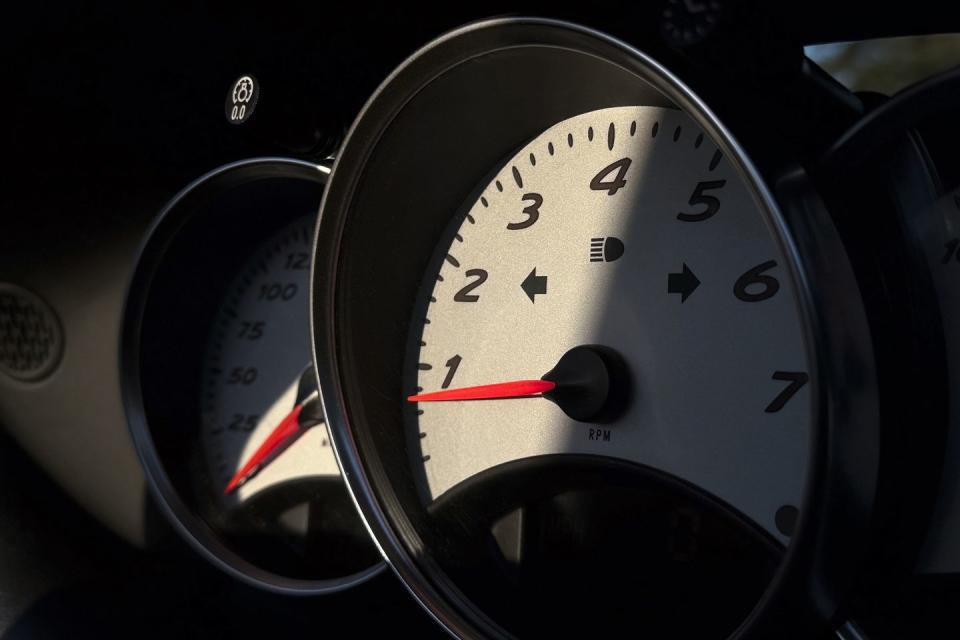
Use Macro mode (or the 0.5x camera on older iPhones) to shoot close-ups of a vehicle's details. Macro mode has the shortest minimum focusing distance and is generally crisper than cropping.
You Might Also Like

 Yahoo Autos
Yahoo Autos 